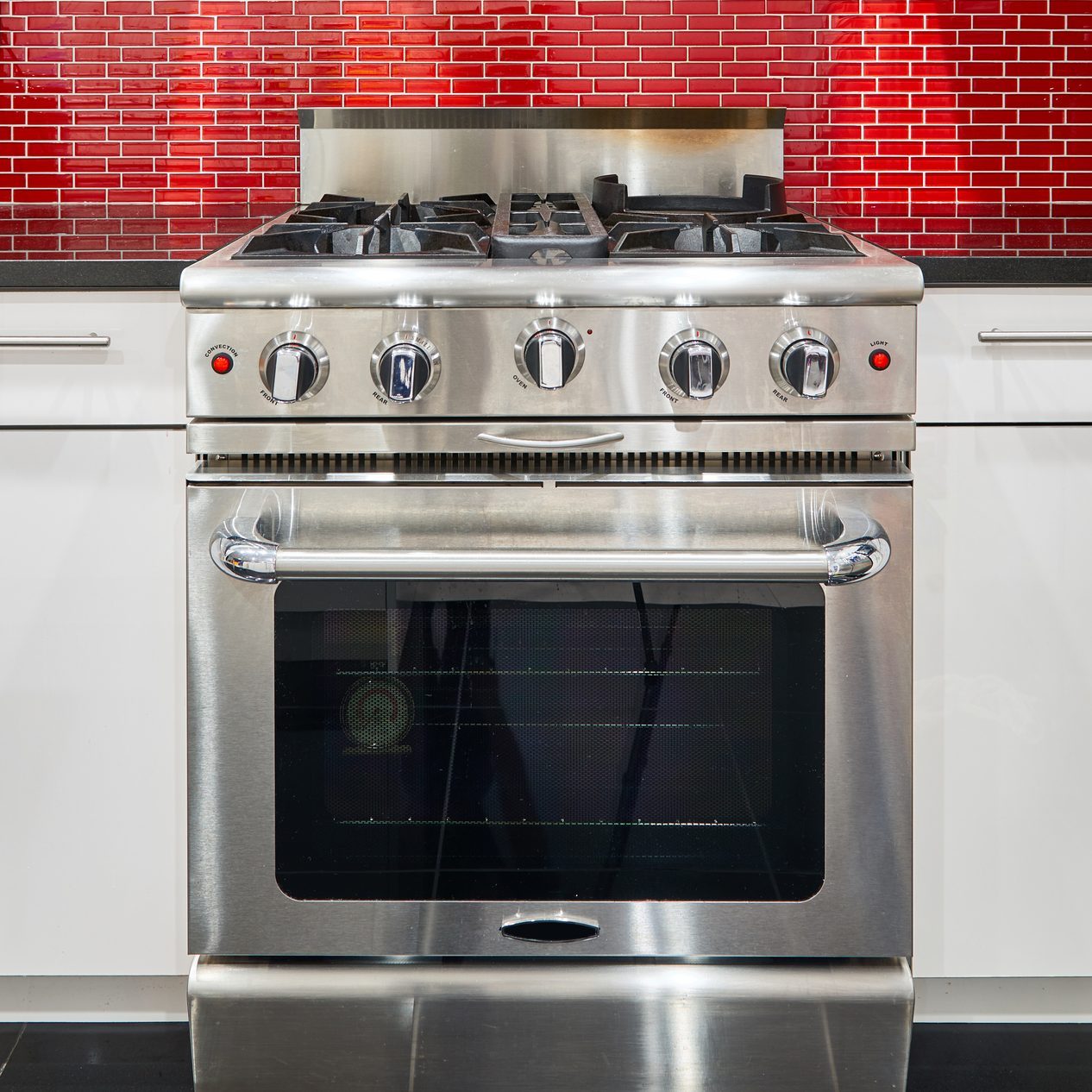If your gas oven isn't heating properly, you can probably fix it yourself. Check your symptoms to see if this fix will work for you.
Our editors and experts handpick every product we feature. We may earn a commission from your purchases.
Learn more.


If your gas oven isn't heating properly, you can probably fix it yourself. Check your symptoms to see if this fix will work for you.
Our editors and experts handpick every product we feature. We may earn a commission from your purchases.
Learn more.
Less than 30 minutes
Beginner
$25
Have you noticed your gas oven is taking too long to heat up, or it no longer heats at all?
There's a 95 percent chance you just need to replace a $25 igniter. Gas oven igniters last around eight years. As they start to wear out, you may notice these symptoms:
In around 30 minutes, by replacing the worn-out oven igniter, all these problems can be solved.
But before you replace the igniter, be sure the cause isn't bad gas flow. Look behind your oven to confirm the gas line isn't crimped, and the gas valve handle is in line with the gas line. (If you have a built-in oven, your gas line is not exposed and can't be crimped or turned off.)
Note: If you hear a small explosion and the oven door is knocked open, or you smell gas while your oven is on, shut off your oven right away. These can also be signs that you need a new igniter, but it's best to call a pro to handle it.
Here's how to replace a gas oven igniter.




